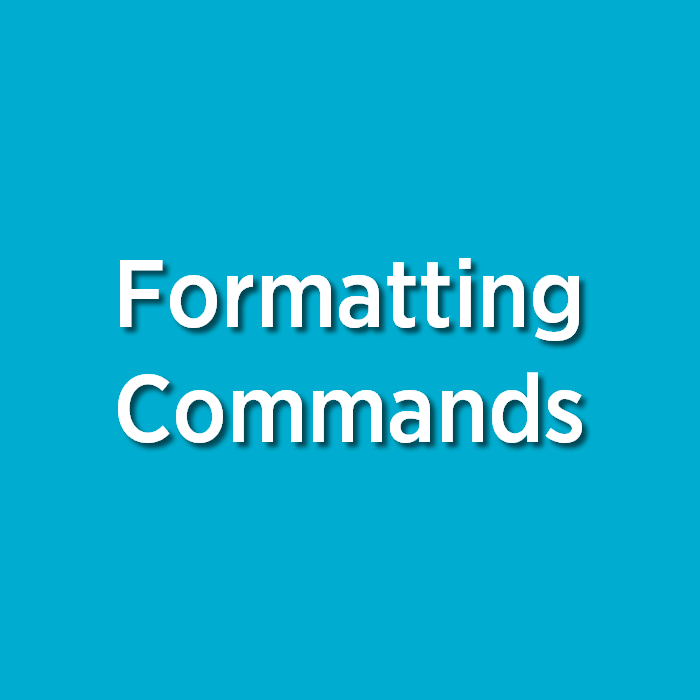.png)
nVoq's HIPAA-compliant medical dictation solution accurately transcribes spoken words into text. It formats documentation using the AHDI Book of Style & Standards for Clinical Documentation as a guideline, while also offering the flexibility to accommodate customer-specific preferences.
How to say...
Tap or click on a box below:
Best Practices for Better Dictation Accuracy
Whether you use an nVoq dictation client or a client of one of our partners, there are things you can do to improve dictation accuracy.
Position your microphone correctly.
Avoid placing the microphone directly in front of your mouth to prevent hissing, breathing noises, and “P-pops”.
Use nVoq-recommended microphones and test for accuracy. See Recommended Microphones for nVoq Dictation for details.
Headset Microphones: Position 2-3 fingers below your mouth.
Hand-Held Microphones: Hold at chest height.
Mobile Devices: Speak directly into the device microphone without covering it.
Minimize background noise.
Turn off loud music, TVs, and notifications.
Choose a quiet environment for best results.
Speak at a normal, conversational pace.
Speak at a normal, conversational pace.
Avoid rushing or pausing too long between words.
Use complete sentences with expected speech patterns.
Stay on topic.
Dictate within healthcare-related topics for optimal accuracy.
Speak clearly.
Articulate words distinctly, including punctuation.
Avoid blending or slurring words together.
Stop the recording between long pauses.
Stop recording if you need to pause to avoid disfluencies like "um" or "ah."
Plan your thoughts before starting dictation.
Additional Best Practices for Accented Speakers
In addition to the best practices mentioned above accented speakers should:Articulate words clearly and avoid dropping small connecting words.
Speak in a smooth, steady rhythm—neither too fast nor too robotic.
Understand that speech recognition software may require more practice for certain accents.
Consider additional support like custom vocabulary or working with a scribe if needed.
Accented Speakers
Accented speakers may present increased challenges for speech recognition. Problematic accented speech includes languages in which certain consonants have very different or non-existent presentations, vowels are less distinct, or extra syllable-like vocalizations are inserted. While the human ear may have no problem interpreting accents, a significant portion of comprehension is due to deep contextual knowledge that automatically corrects and deletes audio input that is not meaningful. Speech Recognition must account for all audio input, and has limitations on deep context. That being said, many ESL (English as a Second Language) speakers do quite well with dictation and have learned to speak specifically for voice recognition accuracy.
Tips for Accented Speakers for Better Dictation Accuracy
Practice speaking for an accurate return while keeping in mind the few distinct challenges related to the particular accent. This may sound awkward or unnatural at first, and will probably not be how a speaker would communicate with another person.
Articulate all words distinctly and cleanly, and try not to drop connecting grammar such as articles, prepositions, and past tense verb endings.
Speak in a smooth, non-rushed manner, but avoid speaking too slowly and robotic. This is true for all speakers, but is often heard in accented dictation recordings.
Not all speakers are able to alter an accent. Some additional support for specific account level vocabulary, sentence modeling, or substitutions may help, but please be aware this may be an on-going and time-consuming process. This is not a commentary on a speaker’s ability to communicate effectively or speak fluently, but simply an acknowledgement of the limitations speech recognition.
Understanding and communicating these challenges in a non-confrontational manner can save time and allow clients to either patiently work with speech recognition, or make an informed decision to look for other solutions such as working with a scribe or transcriptionist.



